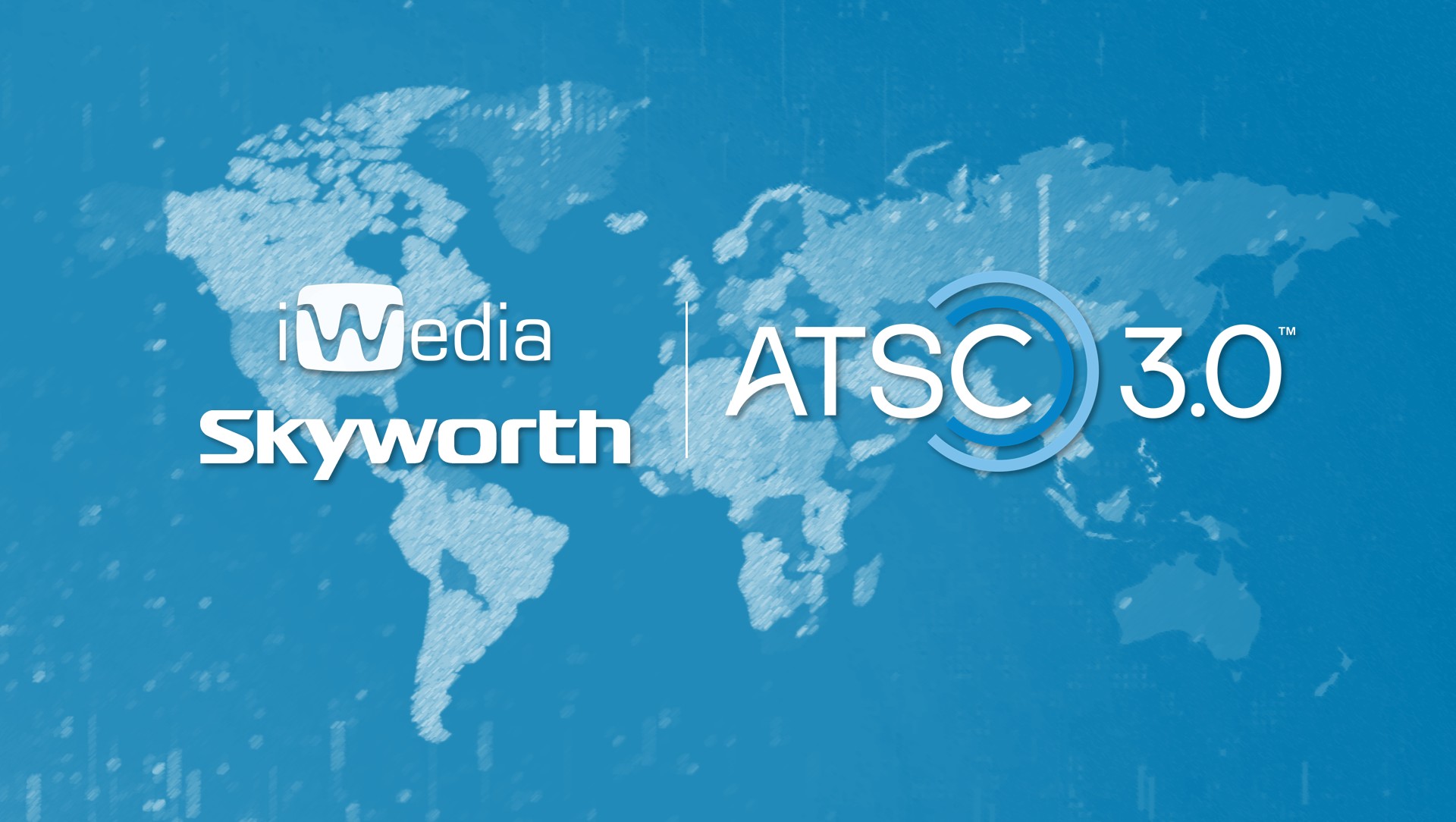Audio coding giant Fraunhofer IIS leverages research into advanced technology
One company that has managed to remain relatively obscure despite making gargantuan contributions to the pro audio field is Fraunhofer IIS. Headquartered in Germany, the Fraunhofer Society is one of Europe’s largest organizations for applied research, with more than 17,000 employees spread across nearly 60 institutes of specialized areas of study and an annual research budget of $2 billion. Fraunhofer is credited as the developer of the ubiquitous MP3 (MPEG Layer 3) codec and co-developed its improved successor, AAC (Advanced Audio Coding).
Fraunhofer IIS (Institute for Integrated Circuits) is the firm’s institute (business unit) dedicated to the advancement of audio and multimedia digital coding technologies. Mathias Rose, head of marketing communications, said that the company works by identifying and researching needed technologies, and then it develops products that, generally, are then licensed to companies wishing to incorporate them into their products. Over the past two decades, more than 1000 companies have licensed audio-specific software implementations of Fraunhofer technologies, finding homes in excess of 1 billion devices globally. For instance, every new iPhone from Apple uses the AAC Enhanced Low Delay codec, and Android phones support MPEG Surround.
With its documented history in the development of the MP3 and AAC digital audio compression schemes, Fraunhofer IIS has followed that technology path to develop more recent standards that address the market needs for surround-sound, full-bandwidth and lossless audio in various applications. Fraunhofer’s AAC Low Delay and AAC Enhanced Low Delay are state-of-the-art audio codecs designed for maximum speech and audio quality with very low coding delay. The MPEG Surround and MP3 Surround codecs aim to make 5.1 audio more accessible.
“This is one of our major activities: to design low-latency, high-quality audio codecs, as well as surround audio coding,” Rose said. “We are developing audio technologies for communication systems of the future. Those technologies are also used for remote broadcasting and intrastudio connection. For example, Telos has integrated our codecs into their broadcast equipment.”
At CES 2011, Fraunhofer demonstrated a new application of MPEG Surround in partnership with Texas Instruments. A software implementation of MPEG Surround on a TI board was able to transmit full 5.1 surround at 64 kb/s: the same speed used by most stereo codecs. This suggests that streaming 5.1 surround will soon become a viable in AV receivers, on the Web and in mobile devices. In fact, Texas Instruments has licensed MPEG Surround and integrated it into its network audio software development kit for a range of its DSPs.
Another recent announcement was Diveemo, a joint project with Thomson Broadcast and Chengdu NewStar Electronics. This technology can launch small-scale video via Digital Radio Mondiale (DRM), which promises to deliver cost-efficient educational and informational programming across wide geographic areas from a single DRM transmitter. The video-over-shortwave stream can be accompanied by multiple audio streams, allowing synchronous multilanguage support. Diveemo is slated for standardization by the European Telecommunications Standards Institute.
For mixing and mastering engineers, Fraunhofer partnered with plug-in designer and manufacturer Sonnox for a workflow-enhancing product called Pro-Codec. This tool allows up to five codecs to be instantly accessible within a DAW environment in real-time, enabling the mix to be optimized across all major platforms on the fly. Pro-Codec supports MP3, MP3 Surround, AAC-LC and HE-AAC, plus lossless codecs including HD-AAC and MP3 HD. Compatibility with Mac and Windows platforms is supported across such platforms as Pro Tools, Logic, Cubase, Nuendo and several others.
The professional video industry's #1 source for news, trends and product and tech information. Sign up below.
A big part of the Fraunhofer business model involves the licensing and promotion of the technologies it develops. Most income derives from the licensing of software, IC/DSPs and hardware; the company is not a manufacturer.
“This is a big part of why we come to trade shows,” Rose said,” to meet new and existing customers, to introduce new technologies and educate the marketplace, to show manufacturers what’s possible. Our technology department tries to work three to five years ahead of the end consumer.”
Another piece of the puzzle is technical standards developed by industry groups, to ensure that the technologies developed meet the specifications required.
“We try to get involved in all those standards where our technology might be used,” Rose said. “The most important of these organizations is MPEG (Moving Picture Experts Group), which we have participated in from the very beginning, in 1988. We support open-easel standards. We are convinced that is one major factor in the success of audio codecs like MP3 and AAC. They are open standards, easily available and licensed in a reasonable and nondiscriminatory way. ”
While Matthias Rose acknowledged that Fraunhofer would like to become a more familiar name in the United States, the company is concentrating on the industries relevant to its areas of expertise, as indicated by its continued presence at NAB. Rose remained suggestively mum about any Fraunhofer announcements slated for the 2011 show, confirming only that the company will once again be there with cutting-edge demonstrations, educating broadcasters on the technologies of our digital future.
